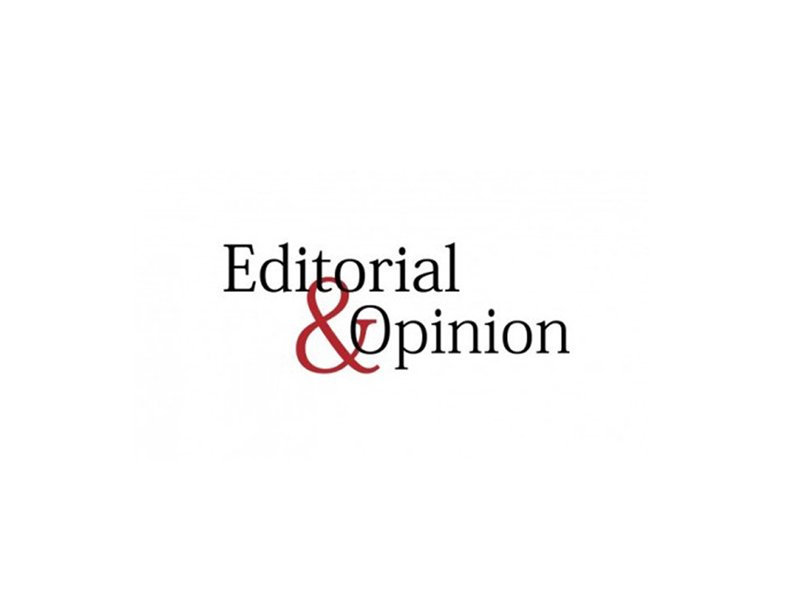
Urban planning is not separate from political thought. In our reverent pursuit of creating a neoliberal ‘world-class city’, Karachi has followed a callous development policy with a disregard for its social, economic and environmental context. This thought process is not restricted to Karachi alone. It is a model that has been adopted by many cities in the Global South, including Mumbai and Dhaka. Aihwa Ong and Ananya Roy explore this idea in Worlding Cities: Asian Experiments and the Art of Being Global, stating “South Asian urban politics highlight the frequent use of ‘world-class city’ as a talisman to endorse varied kinds of partnerships, justify mega-projects, and denote the necessity of dislocating inconveniently sited poor residents, a common practice in many cities, but one with special resonance in South Asian initiatives to spark long-delayed urban renewal.”
The government enamoured with the idea of building a ‘world-class city’, continues to spend recklessly on projects that are symbolic of such a city. In an already polarised city that is starved of multi-class public spaces, privatising parts of the coastline only further exacerbates the problem. Construction on land that serves as a natural waterway into the Arabian Sea such as the Mai Kolachi Bypass has led to serious cases of urban flooding in the old city area during the annual monsoon season. Mangrove forests that line Karachi’s coastline are being cleared in droves and the land is being sold at high prices, disregarding the fact that mangroves serve as a natural barrier from storms and cyclones.
In fact, 75% of Karachi’s population belongs to poor and low-income groups and many are victims of the vicious poverty trap caused by these divisive policies. While the streets lack pedestrian crossings or a reliable public transport system for the millions who cannot afford private methods, the government, thanks to efforts by the automobile and banking lobbies, continues to invest in flyovers and underpasses to make way for an increasing number of cars. According to a report titled The Rise of Karachi as a Mega-City: Issues and Challenges, the current seat to passenger ratio for public buses is 1:34. Untreated sewage and industrial wastewater is regularly discharged into the Arabian Sea and for a majority of the population quality healthcare, education and affordable housing remain inaccessible. While the government continues to spend on mega projects, factors that determine an ordinary citizen’s quality of life are largely ignored.
Despite that Karachi, one of the largest cities in the world, is often romanticised by its well-to-do citizens, endearingly termed the ‘City of Lights’ or the ‘City by the Sea’. As most of the city falls prey to chaotic urbanisation, most elites reside in enclaves where there is easy access to schools, glitzy shopping malls, offices and other cultural and recreational activities. The city serves as a personal playground for the chosen few as each fight for their piece of the pie. Our high crime rate, a result of income inequality, has made gated communities, bulletproof cars and armed security the norm. It is time we asked ourselves: where are we headed?
Published in The Express Tribune, January 8th, 2018.
Like Opinion & Editorial on Facebook, follow @ETOpEd on Twitter to receive all updates on all our daily pieces.












COMMENTS
Comments are moderated and generally will be posted if they are on-topic and not abusive.
For more information, please see our Comments FAQ